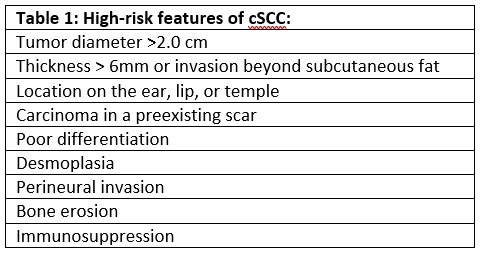When should sentinel node biopsy be used for cutaneous squamous cell carcinoma?
Problem: Cutaneous squamous cell carcinoma (cSCC) is a common malignancy, accounting for 20% of all skin malignancies1; furthermore, 80-90% of cSCC are located on thehead or neck2. With surgical excision most localized cSCC has an excellent prognosis, with 5 year cure rates >90%3. However, cSCC does have metastatic potential; in the 4% of cases that …

